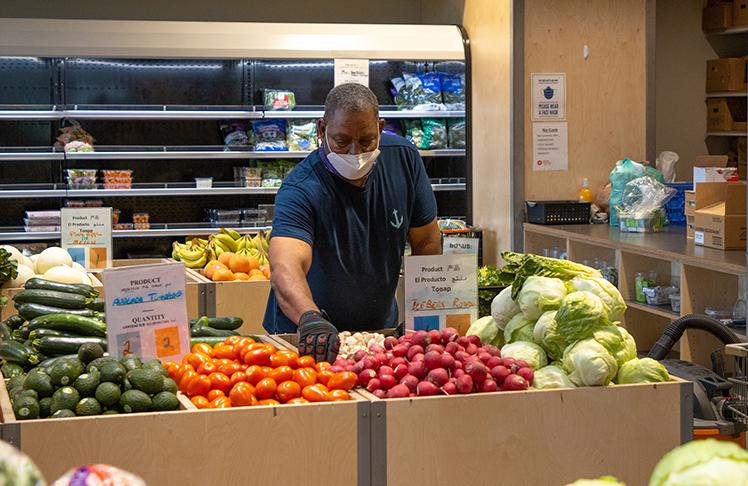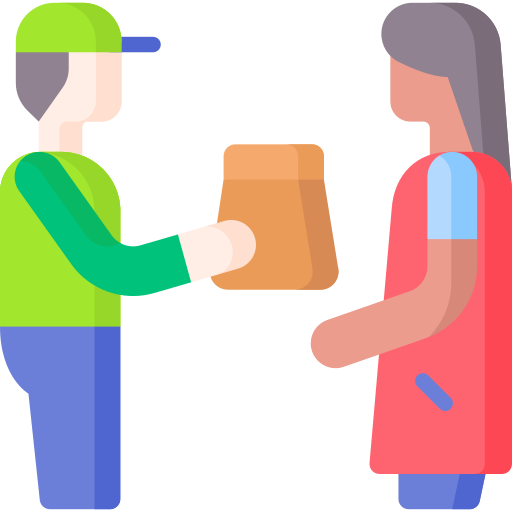Edible Food
sustainability Solutions
A food banking solution involving a for-profit organization focuses on addressing food waste and hunger while also generating revenue or profits. Such initiatives combine the principles of social responsibility, sustainability, and financial sustainability.

Enhanced Food collection and Sorting Standards
- Collected food is transported to a central facility where it is sorted and inspected. entered into a central database that communicates with Meal Connect, Link2Feed business intelligence software.
-
Shelf-Life Guides, Temperature Logs for both Freezers, Refrigerators, including Calibration.

Eradicating Hunger, One Delivery at a Time

Delivering Goodness, One Plate at a Time

Feeding Hope, One Meal at a Time
Edible Food Sustainability Solutions
- Retail Partnerships: Driven by smarter data and insights that enhance your recovered food products from community allies.
Revenue Generation
-
While the primary goal is to reduce food waste and provide affordable food options to consumers, a for-profit food banking solution seeks to generate revenue through the sale of recovered food items. Profits can be reinvested in the organization's operations and initiatives.
Real World Data & Insights
-
Engaging with local communities to raise awareness about food waste, food insecurity, and the advantages of implementing a robust food recovery model is crucial. However, navigating regulatory guidelines such as USDA Compliance Review (HRP-1027A), Volunteer Confidentiality (HRP-1016A), and other key standards can be complex. Our team specializes in supporting organizations through every phase of audit preparation, offering assistance with compliance methodology and ensuring adherence to regulatory requirements.
Partnerships
-
Collaborate with non-profit food banks, charitable organizations, and government agencies to extend the reach of food distribution and maximize the impact on food insecurity in the community.
Link 2 Feed Data-tracking
-
Utilize data analytics to enhance food recovery initiatives, streamline inventory management processes, prioritize driver safety measures, track volunteer engagement effectively, fine-tune donor strategies, and optimize distribution logistics according to best practices.